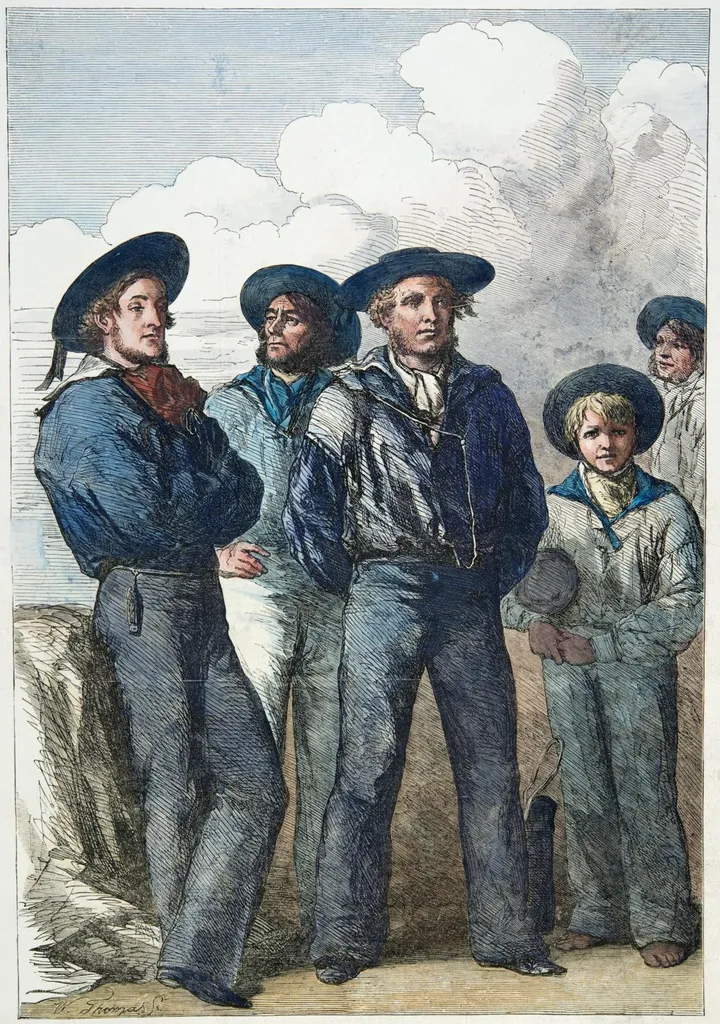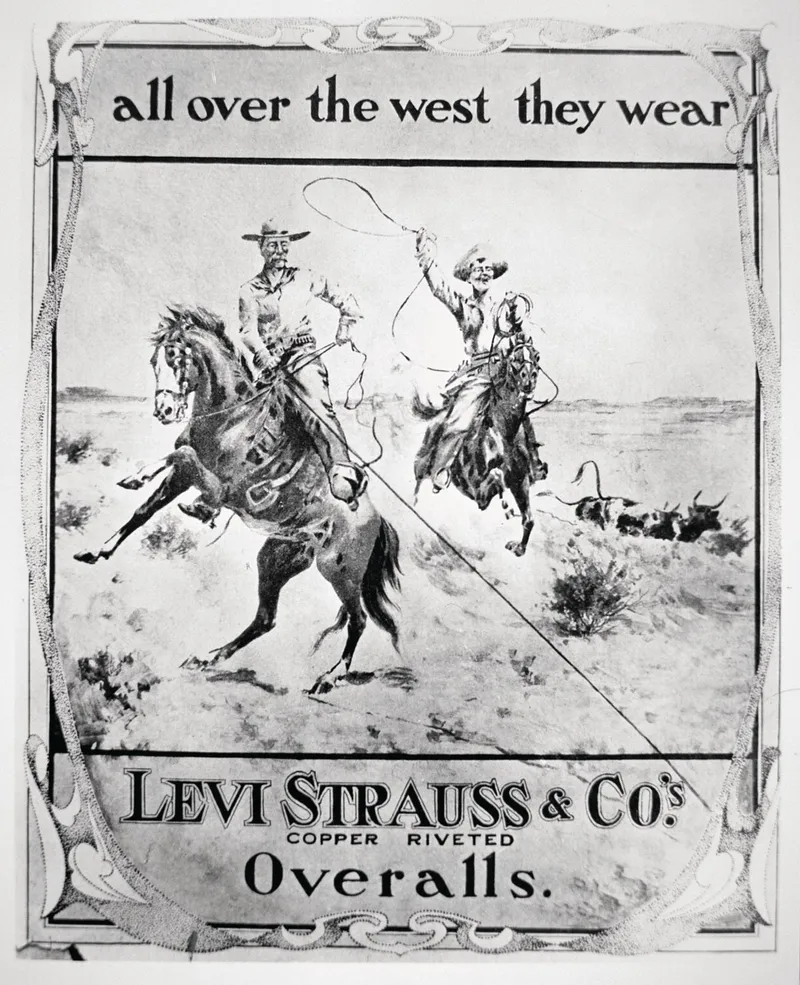A tale of two cities links a fabric that now accounts for worldwide sales of three billion garments a year. The fabric is denim, and the garment, jeans. Denim’s name comes from serge de Nîmes, a twill weave woven since the 16th century in the textile manufacturing city of Nîmes in southern France.
Well known by the 17th century, this was a blend of wool and silk, also a wool blend worn by shepherds in the nearby Cévennes mountains. Nîmes fabric was traded locally and abroad, including to England.

The link is with the port of Genoa where, during the 16th century, a cotton-blend twill was woven. Initially dyed brown, the colour was changed to indigo with the dye and the cotton imported from India. Bleu de Gênes went on to give its name to jeans. This cloth was taken up by sailors and fishermen for its resistance to rotting, even when left wet, and its popularity extended to other physically demanding trades, as it was affordable and long-lasting.
The city’s poor were also wearing Bleu de Gênes, as recorded in paintings dating from the decades after 1650 by an Italian artist (whose name has not so far been established) known as The Master of the Blue Jeans. These works include a woman begging with two children while wearing a torn blue-denim garment. Another painting records a beggar boy holding a piece of pie and clutching a ripped denim jacket around him to keep out the cold.

During the 18th century, cotton twill was being produced in both Nîmes and Genoa for men’s workwear, with the warp yarns dyed in indigo and undyed weft yarns woven in and out across the warp. As twill is a warp-faced weave, blue was – and still is – the accepted face of denim, with the reverse side white.
The denim connection with jeans moved to America in fits and starts. Indigo-dyed workwear was not initially in denim but in durable cotton duck, a weave using double yarns that resisted tearing.
In the early 1870s, Jacob Davis, a tailor working in Nevada, had a request from a woman to make extra-strong working overalls for her husband’s challenging job. While putting the pieces together, he decided to add metal rivets to the stress points at the back of the garment. When its extra durability was observed by fellow workers, repeat orders began to exceed what Davis could produce.

He contacted Levi Strauss & Co, the wholesale supplier of his cloth, and asked if they would share with him a patent for riveted workwear as he couldn’t afford the application on his own. Their patent of 20th May 1873 is commemorated each year as 501 day to celebrate the first patented blue jeans design.
The detailing of Levi 501 jeans has evolved, but they still retain classic status. The patent didn’t entirely deter competitors (notably Lee and Wrangler) but sales of Levi workwear to miners, factory workers, farmers, loggers and cowboys began to snowball.
It wasn’t until 1911 that Levi Strauss & Co replaced cotton duck for its workwear with a true denim weave in response to requests for this more comfortable fabric. And, by the 1920s, the trousers known then as ‘waist overalls’ had ousted bib overalls as the workwear of choice.

Denim jeans worn by Marlon Brando in the 1953 film The Wild One, and James Dean in Rebel Without a Cause (1955), point to the time when jeans were generally accepted as everyday wear and began their rise to fashion status. Even couture became part of the story. From Yves St Laurent in the 1960s, few noted fashion designers have failed to include denim on their catwalks.
Workwear jeans were comfortably loose but fashion began to adopt changes in shape that, even now, go in and out of favour seasonally: think cropped, flared, skinny, boyfriend, mum and bumster. Jeans were also part of fashion’s response to the eras of rebellious punk in the 1970s, and grunge in the 1990s, with jeans distressed by acid, sandpaper, tweezers, stonewashing and ripping.

Paying a premium price for designer-ripped jeans is liable to raise an eyebrow, but attitudes are cyclical and current jeans’ vocabulary promotes patching, re-use and recycling as practised by Genoa sailors and Nîmes shepherds. Back to the future, as the saying goes.

More from Homes & Antiques
- The history of Josef Frank's Hawai fabric
- What lies beneath your chair's upholstery
- What is wood block printing?
- How to decorate with antique suzani textiles
Sign up to our weekly newsletter to enjoy more H&A content